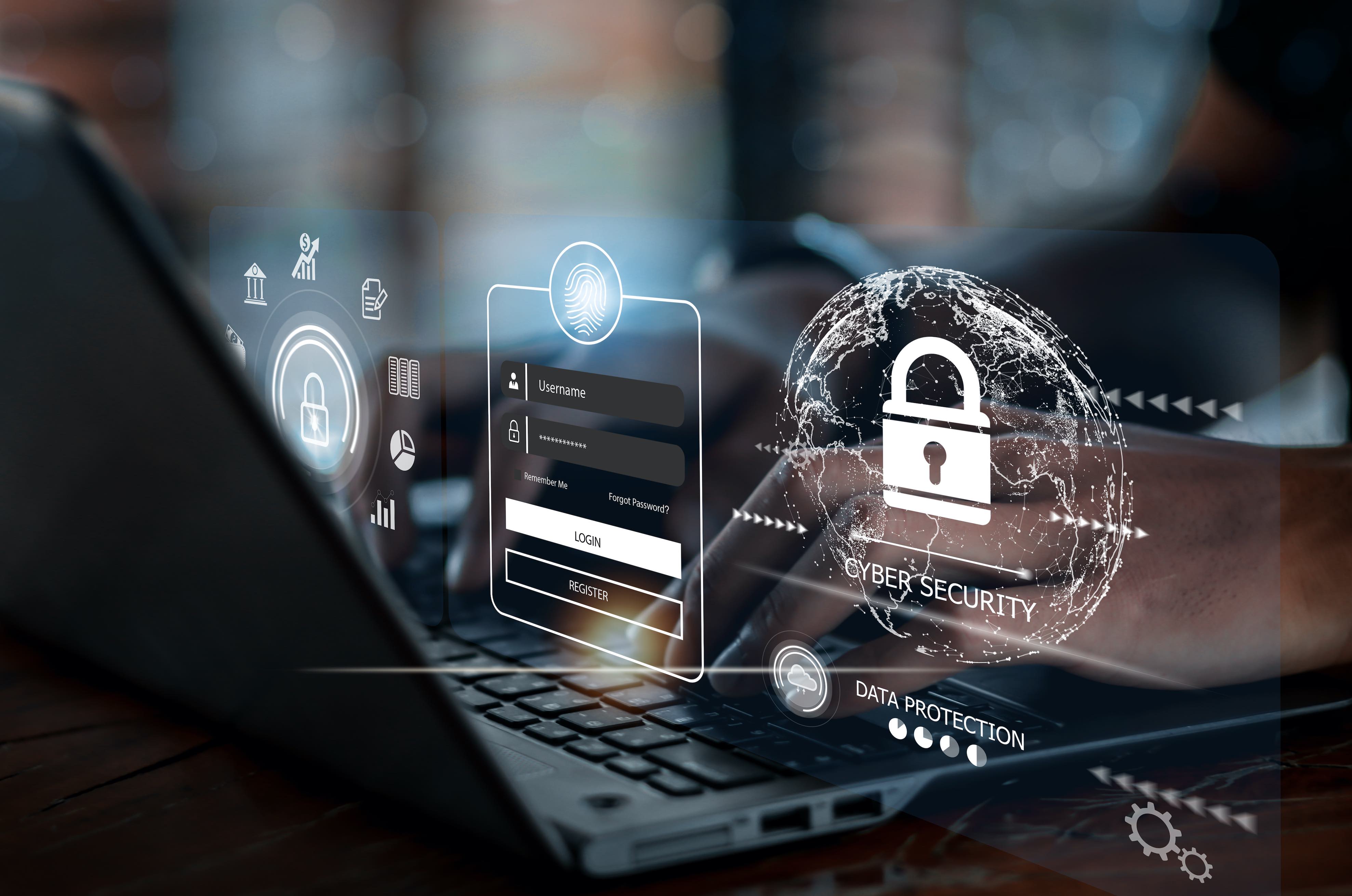
Welcome to "Unlocking Cyber Success: The Essential Guide to Cyber Essentials"! In an increasingly digital age, safeguarding ourselves against cyber threats has become more important than ever before. Cyber Essentials is an integral part of this defense, providing individuals and organizations with a framework to enhance their cybersecurity practices. Developed by the UK government, it sets out a set of security controls that, when implemented, help to mitigate a wide range of common cyber risks. Whether you are an individual looking to protect your personal information or a business aiming to ensure the security of sensitive data, Cyber Essentials is an invaluable tool in staying one step ahead in the complex world of cyber threats. In this article, we will delve into the key aspects of Cyber Essentials and explore the benefits of adopting this robust cybersecurity framework. So, let’s embark on this journey together and unlock the secrets to cyber success with Cyber Essentials.
Understanding Cyber Essentials
Cyber Essentials is a crucial framework that helps organizations protect themselves against common cyber threats. By implementing Cyber Essentials, businesses can enhance their cybersecurity posture and reduce the risk of falling victim to cyberattacks. This comprehensive guide aims to provide a deeper understanding of Cyber Essentials and how it can unlock success in the digital realm.
In today’s interconnected world, cyber threats are evolving rapidly, making it imperative for organizations to prioritize their cybersecurity efforts. Cyber Essentials serves as a foundation for establishing robust security measures, enabling businesses to safeguard their systems, data, and networks against a multitude of cyber risks.
By adhering to the Cyber Essentials framework, organizations can identify vulnerabilities and take proactive steps to mitigate them effectively. This includes implementing secure configurations for devices and software, restricting unnecessary access to sensitive information, and regularly updating systems to address emerging threats.
Moreover, Cyber Essentials helps businesses fortify their defense against common cyber threats like phishing attacks, malware, and unauthorized access attempts. By educating employees about potential risks and implementing stringent security measures, organizations can deter cybercriminals and protect their valuable assets from being compromised.
In summary, Cyber Essentials plays a vital role in ensuring the overall cyber resilience of businesses. By understanding and embracing this framework, organizations can build a strong foundation for their cybersecurity strategies and navigate the digital landscape with confidence and success.
Benefits of Cyber Essentials
Every business today faces an ever-growing range of cyber threats. With the increasing reliance on technology, it is crucial for organizations to prioritize cybersecurity. This is where Cyber Essentials comes into play. By implementing Cyber Essentials, businesses can enjoy a multitude of benefits that safeguard their digital assets and improve their overall cybersecurity posture.
Enhanced Protection: With Cyber Essentials, organizations can establish a robust cybersecurity framework that protects their sensitive data and digital infrastructure. By implementing essential security measures, such as firewalls, secure configurations, and malware protection, businesses can defend against common cyber threats, reducing the risk of data breaches and unauthorized access.
Mitigated Risks: Cyber Essentials helps businesses identify vulnerabilities and address them before they can be exploited by malicious actors. By undergoing a rigorous assessment, organizations can pinpoint weaknesses in their systems and take corrective actions to mitigate potential risks. By doing so, they significantly reduce the likelihood of falling victim to cyber attacks.
Increased Customer Trust: Demonstrating compliance with Cyber Essentials standards can enhance customer confidence in an organization’s ability to protect their data and privacy. By becoming Cyber Essentials certified, businesses can showcase their commitment to cybersecurity best practices, inspiring trust among existing and potential clients. This can result in increased customer loyalty, improved brand reputation, and better business opportunities.
By prioritizing Cyber Essentials, businesses can effectively safeguard their digital assets, mitigate risks, and bolster customer trust. Implementing these essential cybersecurity measures is the key to unlocking cyber success in today’s increasingly hostile digital landscape.
Implementing Cyber Essentials
Implementing Cyber Essentials is a crucial step in ensuring the security of your digital infrastructure and protecting your organization against cyber threats. By following these best practices, you can significantly reduce the risk of potential cyber attacks and safeguard sensitive data.
First and foremost, conducting a thorough assessment of your organization’s current security measures is essential. This will help identify any vulnerabilities or weaknesses that need to be addressed. By understanding your existing security posture, you can develop a targeted plan to implement the necessary changes and improvements.
Next, it is crucial to educate and train your employees on cybersecurity awareness. Human error is often one of the biggest contributors to successful cyber attacks. By providing comprehensive training on topics such as password security, phishing awareness, and safe browsing habits, you can empower your workforce to become the first line of defense against potential threats.
Finally, regularly updating and patching your systems is vital in maintaining a strong security posture. Cybercriminals often exploit known vulnerabilities in outdated software or operating systems. By implementing a robust patch management process and staying up-to-date with the latest security updates, you can significantly reduce the risk of unauthorized access or data breaches.
In conclusion, implementing Cyber Essentials requires a holistic approach that includes assessing your current security measures, educating your employees, and regularly updating your systems. By following these steps, you can enhance your organization’s cybersecurity and minimize the chances of falling victim to cyber threats.






